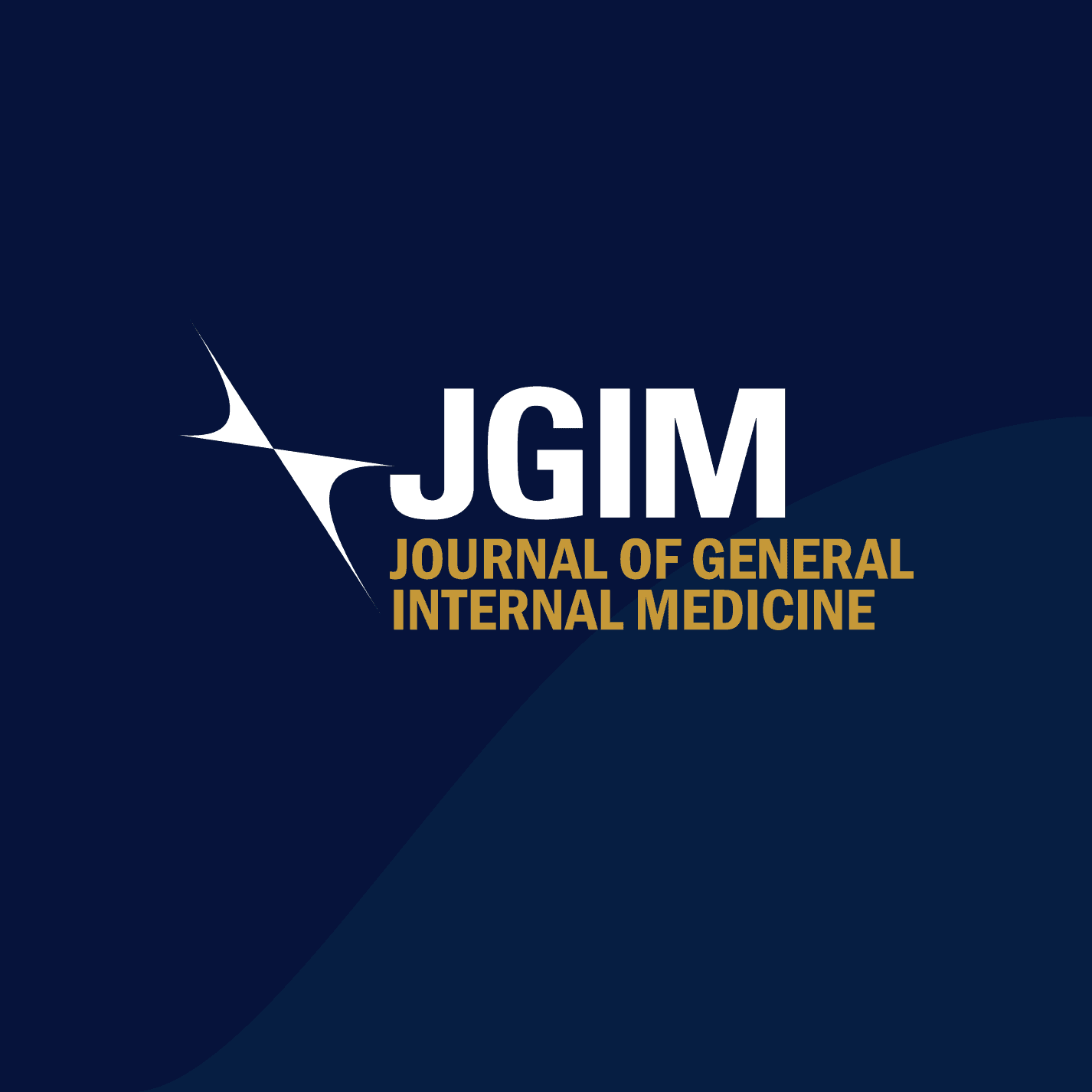Over the past 2 decades, the existential challenges facing primary care practice in the USA1 have spilled over to compromise internal medicine residency training in primary care.2,3 Once a source of pride and a model for cutting-edge primary care delivery,4 many model teaching practices at academic medical centers have become shells of their former selves, grossly underfunded and uninspiring.2,3,5 Training in such settings is more likely to discourage a career in primary care than to encourage one.2,4 A site-visit survey of family medicine and primary care internal medicine teaching practices found that all too often the institution emphasized inpatient care to the detriment of the primary care training mission.5 As attested to by primary care clinic and program directors at a recent national SGIM meeting, funding is inadequate and becoming increasingly problematic.
The financial distress derives from chronically undervalued reimbursement rates for primary care’s evaluation and management services.1 The typical academic medical center teaching practice, serving a disproportionate share of Medicaid patients, gets especially hard hit, running large deficits and lacking the funds necessary to ensure adequate staffing, personalized care, and continuity.2,3 Professional satisfaction suffers, compromising staff retention and recruitment along with trainee morale. Add to this the post-pandemic prioritization of highly reimbursed services by academic medical centers, and it becomes clear why primary care teaching practices are struggling. The consequences are dire for ensuring an adequate primary care internal medicine physician workforce.
Remedies remain suboptimal. Major reform of payment for primary care is yet to emerge. Moving primary care training outside the academic medical center by designating independent community training sites as candidates for Graduate Medical Education (GME) funding has been one federal response, but potentially problematic for training in internal medicine, which requires much specialty input. Another is increasing the number of federally funded primary care residency positions at academic medical centers, but demand is already too weak. Title VII funding from the US Public Health Service has historically been essential, but remains modest and its future is uncertain. Petitioning for institutional cross subsidization becomes a reluctant, demeaning necessity. At issue is how to raise the institutional funding priority for primary care training.
A seemingly paradoxical but complementary approach would focus on raising accreditation standards. In the USA, direct and indirect Medicare funding (DME and IME) for accredited residency programs exceeds $16 billion annually, representing a major source of income for academic medical centers. Accreditation is performed and issued by the Accreditation Council for Graduate Medical Education (ACGME), an independent, nongovernmental organization of the medical profession. Failure to meet ACGME accreditation requirements puts GME funding at risk, which gets prompt institutional attention.
The ACGME’s Residency Review Committee for Internal Medicine (RRC-IM) has decades of experience setting standards for internal medicine training and assessing programs for accreditation. Attention to ambulatory training has increased as its importance has become more evident. Despite this focus, current RRC-IM Program Requirements remain incomplete with regard to ambulatory training sites,6 reflecting a trend in recent years towards more emphasis on training outcomes (competencies) and less on process and structure. Given the currently problematic state of primary care teaching practices, it becomes increasingly clear that more attention to the structure and function of training sites is warranted.
A strengthened set of ACGME site requirements for primary care training practices would encourage if not force training institutions to invest more in their primary care practices. The initiative proposed here would raise accreditation standards in a collaborative effort involving primary care residency program directors, their parent institution leadership, and representatives from the RRC-IM/ACGME.
One would start by identifying best structural and functional standards for primary care teaching practices. Many such practice standards already exist, as spelled out in the “Joint Principles of the Patient-Centered Medical Home” consensus statement drawn up and endorsed in 2007 by the American Academy of Family Physicians, the American Academy of Pediatrics, the American College of Physicians, and the American Osteopathic Association.7 The National Academy of Medicine has further elaborated on these in its 2021 report on primary care.1 The Joint Principles have served as the basis for patient-centered medical home accreditation and might also serve as a convenient basis for ACGME teaching practice accreditation. These principles stress personal relationships, continuity, coordination, and teamwork supported by information technology.
The Joint Statement’s emphasis on personal relationships necessitates reconsideration of resident time in the primary care setting. Time is essential to development of trusting relationships, which improve clinical outcomes and contribute strongly to patient satisfaction and clinician gratification.1 In recognition of this fact, the early primary care residency tracks specified 50% outpatient time, but this amount of protected ambulatory time has been eroded by program directors who prioritize inpatient care and rely on primary care residents to bolster their inpatient workforce. Under current scheduling, months may go by without any time in the primary care practice. While a practice’s team members can help support continuity in the absence of the resident, their contributions are not a substitute for dedicated time to forge meaningful relationships, both with patients and team members. A return to the 50% rule with a true 50% of outpatient time in the primary care practice (not ER, elective, or vacation—often used to achieve 50%) needs to be revisited.
The ability to deliver care that is continuous, personalized, and comprehensive deserves special emphasis as a training-site accreditation requirement, given that it represents a core component of the primary care mission. Team care is essential to achieving this.1 A micro-team of two to three persons ensures continuity and personalization of care in a setting where the resident is absent over 50% of the time. An expanded multidisciplinary team facilitates the comprehensiveness of the care delivered, especially when mental health is embedded in the practice.1 Having a strong team structure should be a core teaching practice accreditation standard.
Fielding a multidisciplinary team and essential information technology requires investment and prospective funding. This cannot happen without changing how primary care teaching practices are paid. As detailed in the National Academy’s report to Congress on primary care, two components of payment reform for primary care are required: (1) net new investment, and (2) a significant proportion of payment made prospectively.1 Net investment needs to come not only from payment reform but also from commitment of institutional GME funds and development dollars. Paying prospectively supports fielding a robust team and removes the volume-maximizing pressure and rushed visits inherent in fee-for-service payment. Many academic medical centers are now paid prospectively under global risk contracts yet still pay their primary care practices retrospectively by intensity-adjusted visit volume. Commitment to payment reform should be an accreditation standard.
This strategy of raising accreditation standards to goad sponsoring institutions into better supporting their primary care teaching practices is ambitious yet fundamental. Raising standards and instituting new requirements need to be undertaken with care, forethought, and coordination so as not to precipitate programs dropping out. It will take a practical, understanding timeline for implementation of recommendations. There might even be consideration given to lessening some existing, less fundamental RRC-IM accreditation requirements to ease the accreditation burden. Current ACGME and RRC-IM program requirements already incorporate some of these elements,6 but much work remains to be done.
References
- National Academies of Sciences, Engineering, and Medicine. 2021. Implementing High-Quality Primary Care: Rebuilding the Foundation of Health Care. Washington, DC: The National Academies Press. Available at: https://doi.org/10.17226/25983 or https://www.ncbi.nlm.nih.gov/books/NBK571810/. Accessed 7/25/23.
- Keirns CC, Bosk CL. Perspective: the unintended consequences of training residents in dysfunctional outpatient settings. Acad Med. 2008;83:498–502.
- Long T, Chaiyachati K, Bosu O, et al. Why Aren’t More Primary Care Residents Going into Primary Care? A Qualitative Study. J Gen Intern Med. 2016;31: 1452–1459. https://doi.org/10.1007/s11606-016-3825-93.
- Grossman J. Reorganization of ambulatory care in an academic medical center. J Amb Care Management. 1982;5:44-50
- Gupta R, Dubé K, Bodenheimer T. The Road to Excellence for Primary Care Resident Teaching Clinics. Acad Med. 2016; 91(4):458-461. https://doi.org/10.1097/ACM.0000000000001100.
- Accreditation Council for Graduate Medical Education. ACGME Program Requirements for Graduate Medical Education in Internal Medicine. Chicago. 2023. Available at: https://www.acgme.org/globalassets/pfassets/programrequirements/140_internalmedicine_2023.pdf. Accessed 7/22/23.
- American Academy of Family Physicians (AAFP) American Academy of Pediatrics (AAP) American College of Physicians (ACP) American Osteopathic Association (AOA). Joint Principles of the Patient-Centered Medical Home. March 2007. Available @ https://www.acponline.org/sites/default/files/documents/running_practice/delivery_and_payment_models/pcmh/demonstrations/jointprinc_05_17.pdf. Accessed 11/5/23.
Related Articles
Use of Antihyperglycemic Medications Among US People with Limited English Proficiency
Abstract Background Language barriers can impact pharmaceutical disease management leading to potential…


